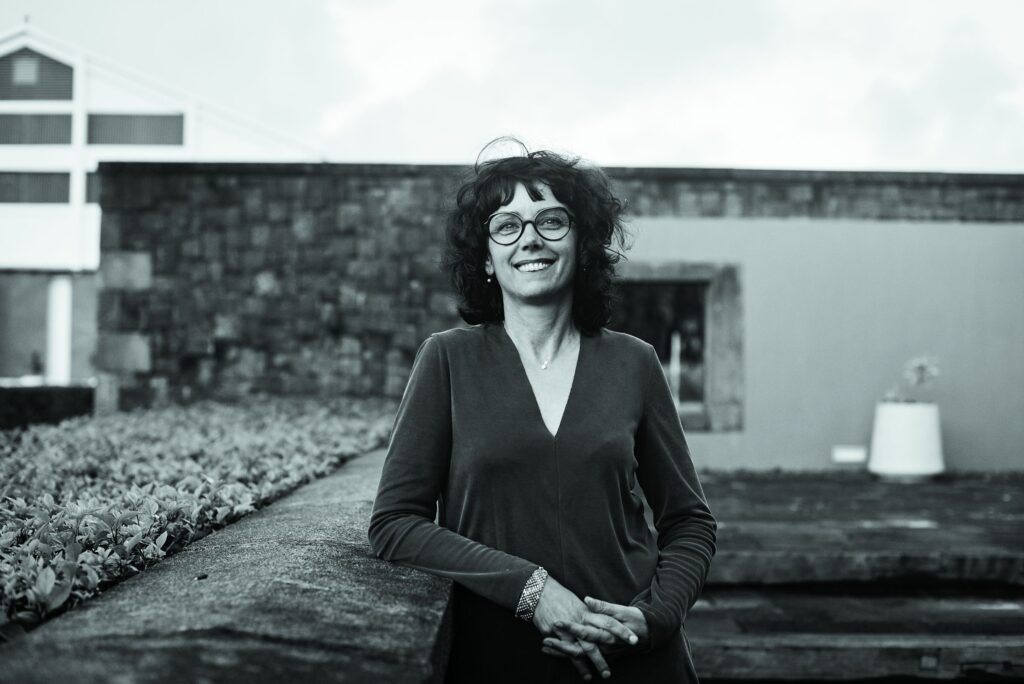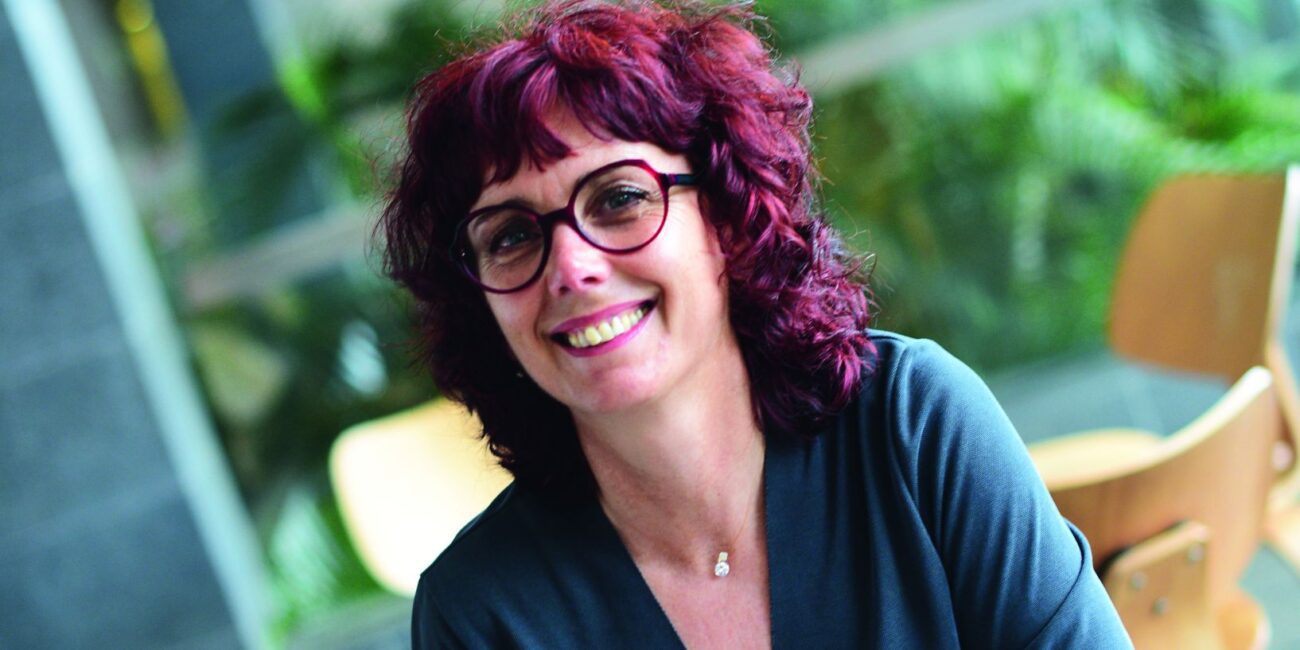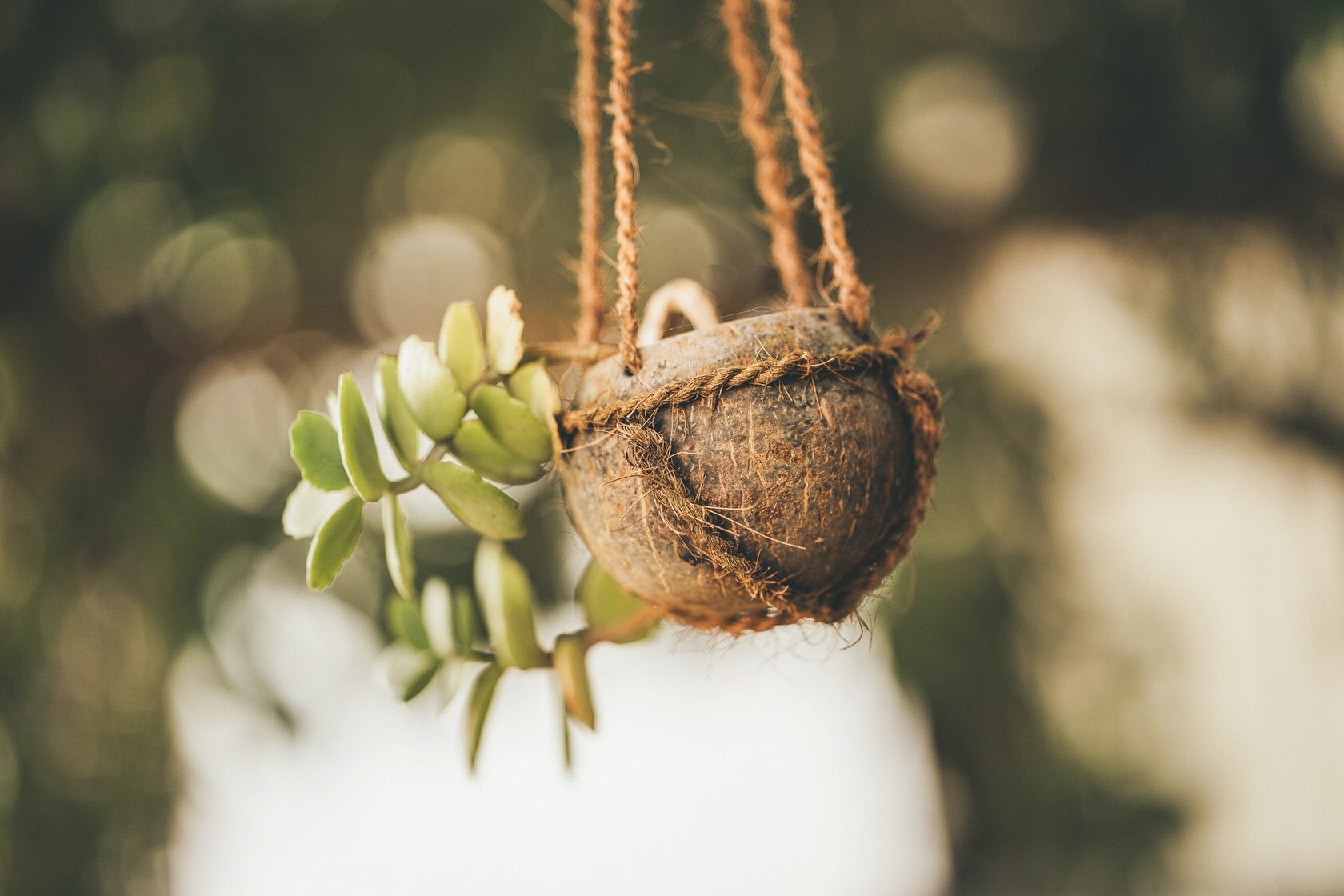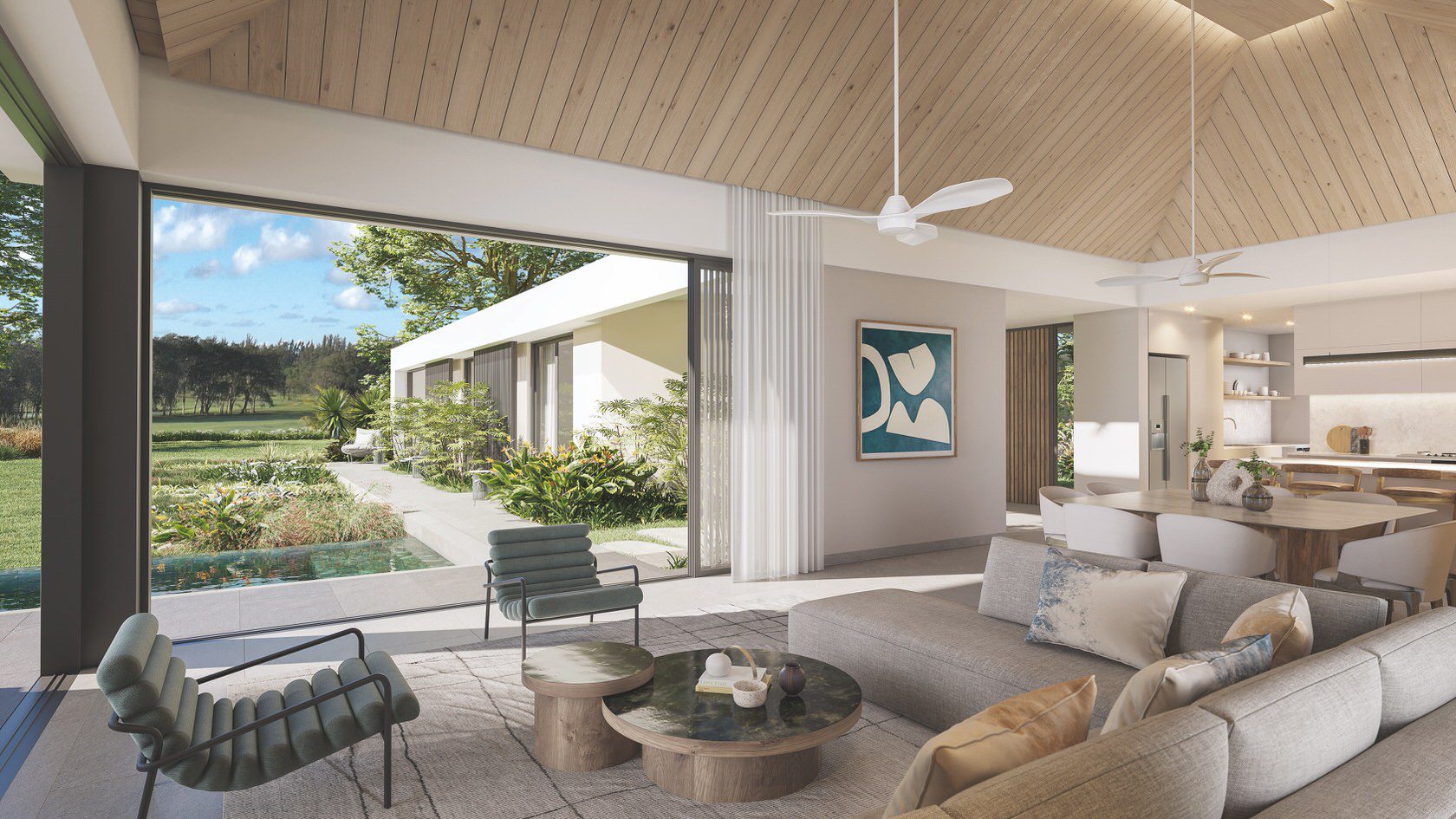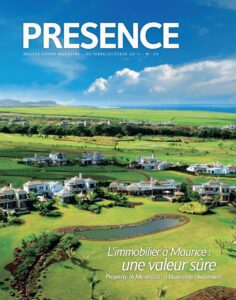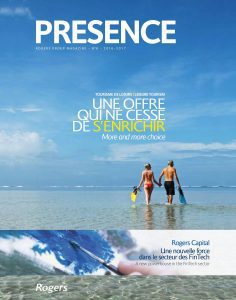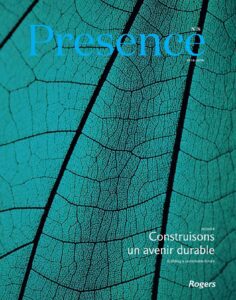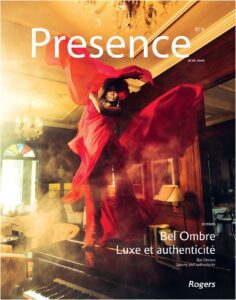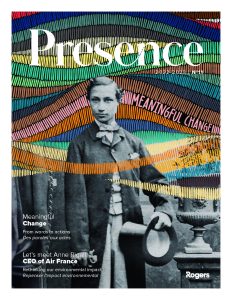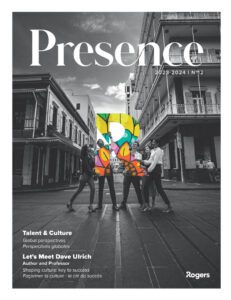During the restoration of Heritage Le Château, its gardens were completely transformed. Laurence Aurejac orchestrated this major development to offer a lush setting that lives up to the beauty of Le Château. The landscape architect from Bordeaux made sure that people remain the focal point of this development.
Photos. Gilliane Soupe
You embarked on this project after meeting with the Mauritian architect Jean-Philippe Piat. Can you tell us more about it?
As a landscape architect, I work at the École Nationale Supérieure d’Architecture et de Paysage de Bordeaux (ENSAP). I met Jean-Philippe Piat there. He gave me this incredible opportunity to participate in the Bel Ombre project. Philippe Espitalier-Noël then asked us to propose a concept, which required us to study the area in depth. We started by analysing the strengths and weaknesses of the site and asked ourselves how to highlight and beautify certain portions of the gardens. When a landscape designer analyses a site, he always assesses which elements make it unique and bring out its beauty.
What are the strengths of Bel Ombre?
It’s an exceptional site that lies between the mountain and the lagoon, and features an interesting natural downward slope. The vegetation around Le Château is developed and mature. These are physical geographical elements. And, of course, we have heritage elements that include the mansion and the traces of human activity, such as farming. All these interesting elements form part of the identity of the estate and its history. The history dates back to the eighteenth century with the construction of Le Château and Bel Ombre’s agricultural activity, and history is once again in the making with the hotels and the golf course.
Such a vast and complex site surely has its downfalls as well?
From the very beginning, we knew that we would meet difficulties with the road dividing the estate. Plus, Le Château was no longer the focus of the estate. As a result, people were not wandering inside the estate. And that’s something we really wanted to encourage: a walk that allows one to easily access Le Château and beyond, from the shore.
So, your mission has evolved, from the study to the implementation of your recommendations...
Yes, we were given a perimeter with specific guidelines. We designed this pedestrian promenade from Heritage Le Telfair to Heritage Le Château, with sequences to accompany the visitor. Throughout the promenade, you’ll find moments where you’ll want to stroll along more slowly, there are moments will make you want to speed up and also there are moments when you’ll want to stop entirely to admire the wonderful view of the mountain, or the lagoon in the background, or the pile of pebbles, or the stream that flows in the middle or the vegetation.
How did you landscape the promenade to encourage these stops?
At the exit of the hotel, there is a particular viewpoint that we called ‘Le carré de carmonas’. We found this area, which was previously a crossroads, looked too much like a road. We rearranged it by taking inspiration from a square that was in another part of Le Château. In another place, the visitor goes through ancient workshops where we’ve positioned a bamboo vault. We created a lookout point near the golf course so that the pedestrian can enjoy the view of the greens with the mountain in the background. To reach Le Château, you have to take the lataniers alley, which we enhanced with royal palm trees. In front of the building, we designed a terrace to showcase the gardens. There’s an existing perspective, punctuated with ponds. On both sides, flowerbeds accentuate this impression of symmetry. The end of the promenade features a deck, which looks like a balcony over the golf course. This high terrace offers a great view of the open and symmetrical gardens. At this point, yellow, red and orange invigorating essences have been arranged to highlight the sun-kissed gardens. The visitor is essentially blown away by the incredible and bright landscape that faces them.
We are here, in an exceptional site between mountain and lagoon.
Is there a common thread between all these spaces?
Naturally, the vegetation is a driving element throughout the estate. Carmona species can be seen throughout the garden. Near Le Château we trimmed it into hedge to complement all the flowerbeds and it is trimmed into a ball shape all along the promenade. Basalt is an important element, since it forms part of the bedrock of Bel Ombre, and Mauritius as well. Visitors will find this rock used in the low walls and as stones lining the paths in the smaller gardens. The colour red is another important element for us. It represents the volcano, which is the geological origin of the island. The metal colour, inspired by the old sugar factory of Bel Ombre, gives it a modern touch and punctuates the promenade.
What are the changes one can observe after your intervention?
It’s quite evident after all the enhancements we brought about around Le Château. For the moment, the plants are still young. A garden takes time to flourish! The state of a building worsens over time. A garden, however, only beautifies as it grows. In Mauritius, the favourable weather conditions will help it to grow well.
Do you intend to be involved with the development of the project from near or far?
Of course! This project is so interesting. We definitely want to be involved in this project as it develops since there are many beautiful things budding here. I like to think of this estate as a kaleidoscope with Le Château and different activities. And we want this kaleidoscope to reveal all its different lights and colours. Over time, it seems like there are many elements that will fully reveal themselves and fit in the bigger picture. The Citronniers valley is very interesting as it’s a natural element that splits the property. La Place du Moulin is just as interesting. With all these valuable elements scattered here and there, we just need to create a few connections so that they reveal all their potential. It is an exceptional site.
How does Bel Ombre differ from the other projects you’ve worked on?
One could ask how someone from the southwest of France will be able to fit in and contribute to a project in Mauritius. When a landscape designer arrives on a site, he is like a sponge. He observes, analyses and ponders on all the existing elements. No matter where it’s situated – it can be 15 km away from my home, or 10,000 km away, like Bel Ombre – it is the same procedure. We observe the topography, and elements such as water and wind to see how they affect the vegetation. Then you have to look for the skills you do not have. In this case, Rogers has people who are competent in landscaping and vegetation. I relied on the skills of people from ESP Landscapers. I visited nurseries to see what are the different species that are available. All this work needed to be done in-depth before starting the project.
Could we recreate this type of environment elsewhere in Mauritius?
You are lucky to have these climatic conditions in Mauritius. There is room for more projects like this. In Europe, it takes several years for a plant to grow. Here, you’ll see the results within two or three years. I would like to visit traditional little gardens. You have so much of these gardens here that spread over public spaces. The next time we come back, we’ll go around to see the cities and small gardens. But, indeed, we are in a period of drastic climatic change. So we must make the land more permeable to avoid hot weather.
How do you see your job? Is it a purely aesthetic mission? Do you seek to make nature ergonomic for human beings or do you want to give nature back its prominent place?
It’s a mix of all these things. We have to participate in it all. We respond to a very specific order, but have to participate in something more global as well. In cities, trees are planted to help recycle and refresh the air but also to allow the fauna and flora to come back.
When a landscape designer arrives on a site, he is like a sponge. He observes, analyses and ponders on all the existing elements.
